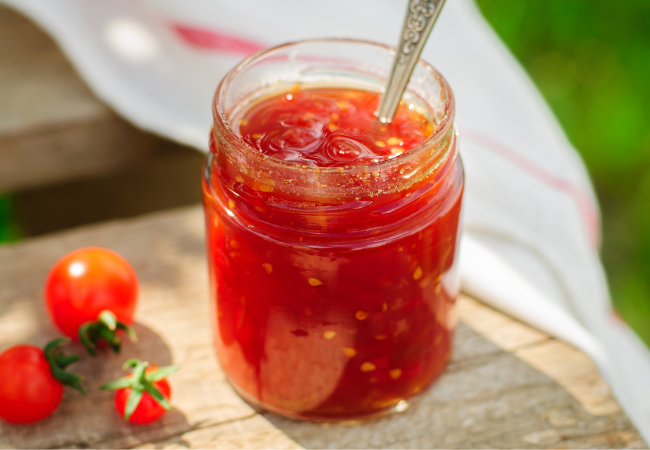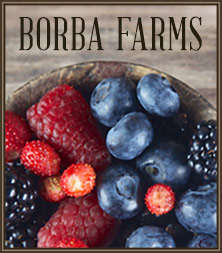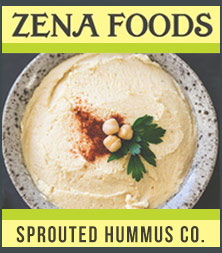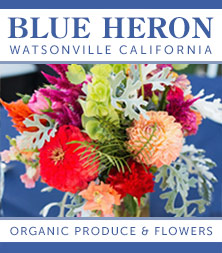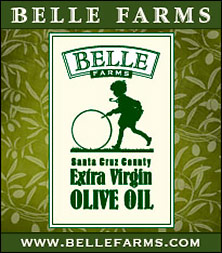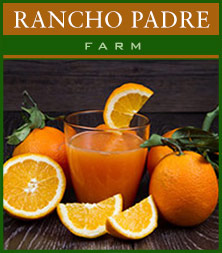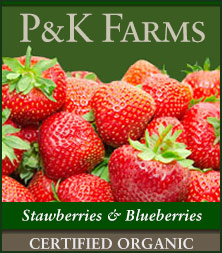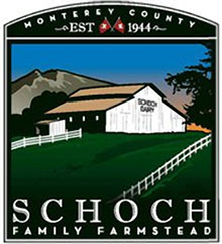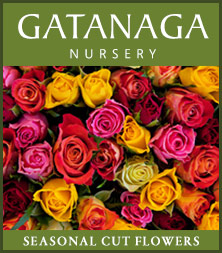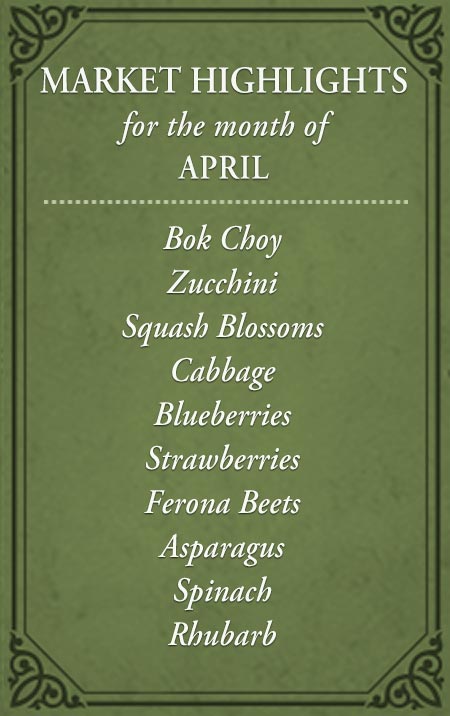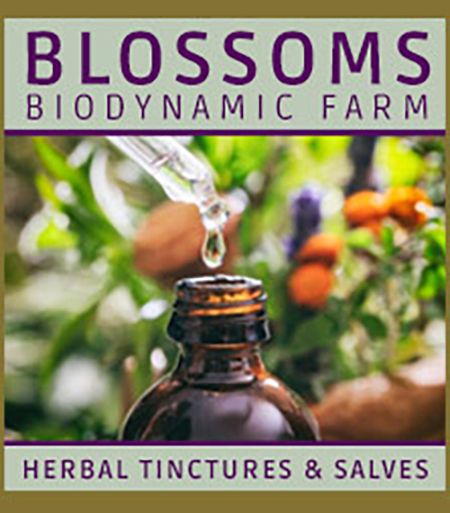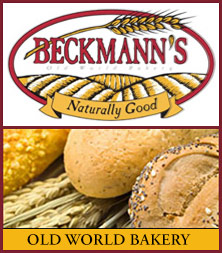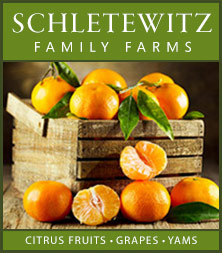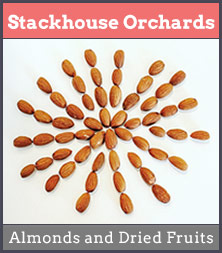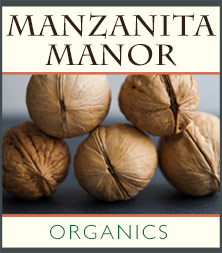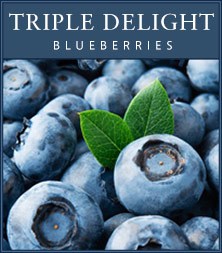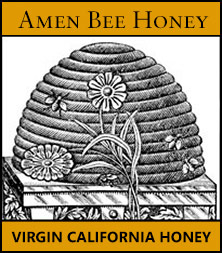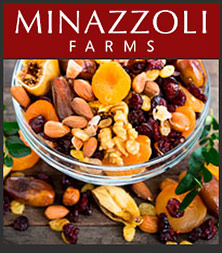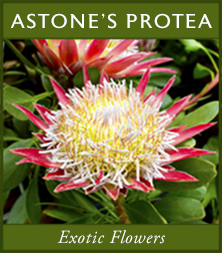If you have questions about canning ingredients, tools, or resources, send us an email and we will be happy to answer your questions!
Q: Are liquid pectin and powdered pectin interchangeable?
A: No. Use exactly what your recipe specifies.
Q: How long is pectin shelf stable?
A: Pectin (both powdered and liquid) should be used the year it is purchased. Check the box for the expiration date. Pectin is perishable and degrades with age.
Q: Is pectin natural?
A: Yes. Commercial pectin is made from several food sources, including apples, lemons, oranges, and grapefruit, and is used as a thickening agent. Powdered pectin may contain citric or ascorbic acid (vitamin C) and sugar. Many fruits have natural pectin, such as cranberries, apples, and blueberries, and preserves made with these fruits do not require added pectin. Other fruits may require pectin for gelling.
Q: Can you make your own pectin?
A: Yes! Here’s a link to directions for making your own pectin.
Q: Can you make jams or preserves without adding pectin?
A: Yes, jams and preserves can be made without adding pectin as long as you’re using a jam or preserve recipe formulated without it. Many fruits contain natural pectin and the jam made from those fruits will gel without adding pectin. However, if you’re using a fruit that does not contain much natural pectin, you must rely on long, slow cooking in a special confiture pan and evaporation to thicken the fruit mixture.
Q: What is a confiture pan?
A: A confiture pan (or jam pot) is a copper pan made especially for making jams and preserves. It is wider at the top than the bottom, which helps evaporation occur more quickly.
Q: What’s a spice bag?
A: A spice bag is used to hold spices that are used for flavoring jams, jellies, or preserves while cooking but removed prior to canning. You can use a muslin bag with a drawstring or make your own out of cheesecloth. Simply place the spices in a large square of cheesecloth and tie the four corners securely together.
Q: Can I recycle jars and lids?
A: You can recycle CANNING jars, as long as they are free from nicks and cracks. Examine the rims carefully. Do not use antique or very old canning jars. You may not reuse lids that have been used to seal products previously. ALWAYS PURCHASE NEW LIDS. However, you may reuse the metal bands, as long as they are free from rust. Always put the metal bands away clean and completely dry.
Q: How should I store empty canning jars and rings?
A: Sort the clean jars and metal bands according to size. Invest in a few plastic tubs or banker boxes and some zipper-top plastic bags. Place the jars in the bins, upside down, in one layer. Place a piece of cardboard on top of the first layer, and you can stack another layer of jars inside. Keep the coordinating metal bands inside the box, too. Organizing your jars makes it so much easier when it’s time for your next canning project.
Q: There is so much chopping to do! Can I use a food processor?
A: Use the food processor to chop fruits and vegetables that will cook down. However, use a knife when larger, more distinct pieces are desirable in a product. For instance, you want to chop peaches or pears into larger pieces if you’re making jams and preserves. But if you’re making chutney, you don’t want to have large pieces of onion, so using a processor to chop the onions would be fine. Make sure to have your knives sharpened prior to canning–it makes chopping fruits so much faster and easier!



